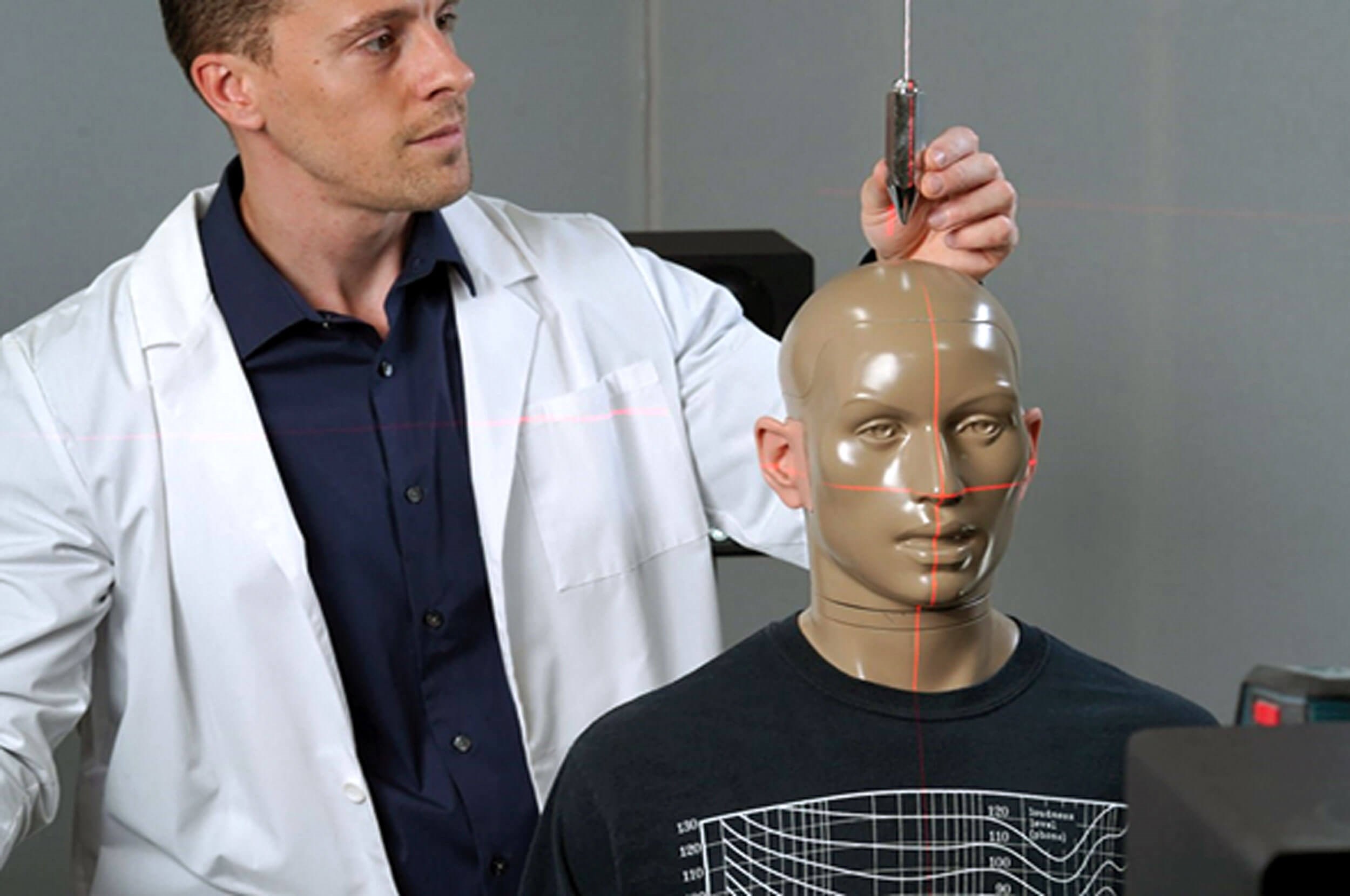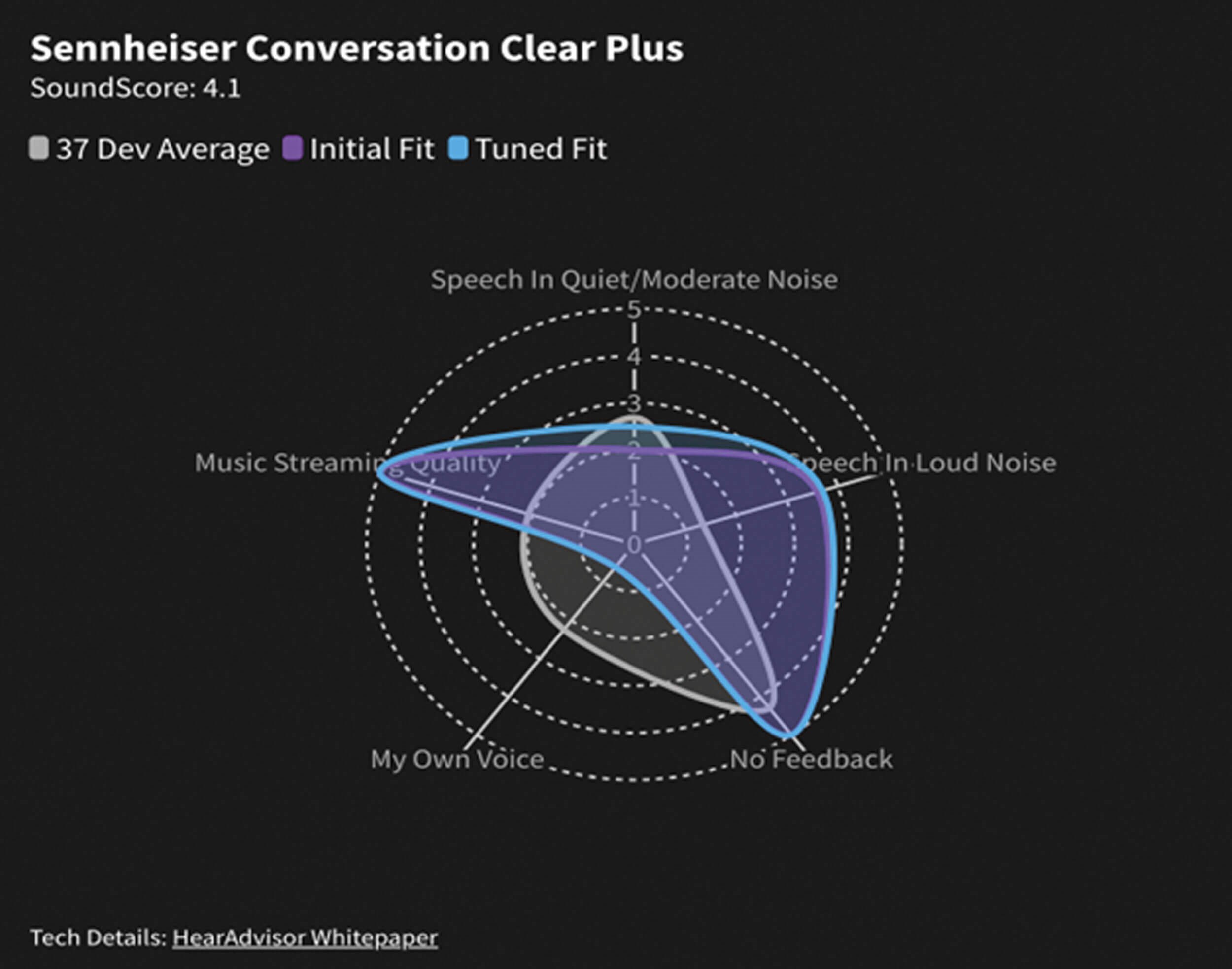An ageing population means more hearing aid users. The authors of this article describe their techniques for independently assessing prescription and over-the-counter hearing aids in an acoustic laboratory.
As the role of consumers in the hearing aid purchasing decision continues to grow, there is a crucial need for useful and unbiased measures of hearing aid performance that are accessible to non-technical individuals. Recognising this gap, we have established an independent acoustical test laboratory that adheres to scientific standards.
Our aim is to provide consumers with valuable insights into hearing aid performance in a way that is easily comprehensible. In this article, we will outline the key features of our test laboratory and explain how we assess and rate hearing aids based on real-world performance.
Creating a controlled environment
We have meticulously designed a quiet room (34 dBA) with minimal sound reflections (RT60 = 0.059 sec). This controlled environment ensures that the sound emanating from a ring of eight speakers (1m radius) dominates the sound level at the centre of the ring (critical distance = 1.5 m). In the middle of this ring, we have placed an industry-standard acoustic mannikin (KEMAR) that represents average human head and torso acoustics. The mannikin is equipped with microphones positioned at the eardrums, allowing us to record the performance of hearing aids in realistic conditions. To ensure accurate sound reproduction over headphones, we employ diffuse field equalisation, a standard technique that removes the acoustic characteristics of the mannikin’s head and outer ear, enabling listeners to experience their own ear acoustics. This procedure provides a realistic approximation of wearing the hearing aids themselves. Some of these recordings are available today on hearadvisor.com and hearingtracker.com

HearAdvisor Lab Director Steve Taddei calibrates KEMAR’s position in the sound field.
Objective measurement of sound performance
Our primary focus is to evaluate the predicted benefit of hearing aids on speech intelligibility. To achieve this, we configure the hearing aids for a standard, moderate sloping hearing loss (N3 [1]) using two different fitting rationales (initial and tuned fits, see our whitepaper - hearadvisor.com/whitepaper). We then expose the hearing aids to 72 simulated conversation scenes, each featuring an ambisonic background noise and one, two, or three spatially rendered talkers [2]. These scenes are presented at typical signal-to-noise ratios based on the overall level of the background noise [3]. Utilising a model of the impaired auditory system from the scientific literature (HASPIv2 [4]), we predict the percentage of correctly understood words for each scene. We compute the increase in this value compared to the unaided condition. That difference is then scaled to a zero-to-five-star rating for our metrics. We evaluate this separately for quiet (< 70 dB SPL) versus loud (> 70 dB SPL) environments.
"Our aim is to provide consumers with valuable insights into hearing aid performance in a way that is easily comprehensible"
In addition to speech intelligibility, we also consider other important aspects of a hearing aid’s audio performance. First, we employ a similar model (HAAQI [5]) to estimate the sound quality of music streaming. Second, we assess how the device affects the user’s perception of their own voice by estimating occlusion. Finally, we evaluate the degree of audible feedback by analysing recordings under nearby- and cupped-hand conditions.

Figure 1. HearAdvisor sound performance metrics shown for an example device.
Simplifying evaluation and ranking
To help communicate these metrics, one visualisation we’ve used is radar charts that illustrate the device’s scores across multiple dimensions (see Figure 1). Recently, we have also developed a method to condense all the metrics into a single score. To determine the importance of each metric, we conducted a survey involving more than 100 hearing healthcare professionals and over 100 hearing aid consumers. Participants performed a force-rank task, and the average ranks were used as weights when combining the metrics to a single number. The weights were highest on the speech metrics, and lower on the other three. The resulting score was called the SoundScore.
"The mannikin is equipped with microphones positioned at the eardrums, allowing us to record the performance of hearing aids in realistic conditions"
Finally, we award a badge to devices whose SoundScore falls within an estimated just noticeable difference from the highest score. This badge serves as our stamp of approval, signifying that the device is expected to perform on par with the best ones (that make similar trade-offs). We aim for this badge to become widely recognised as a symbol of high-quality performance, providing consumers with a valuable shortcut to identify top-performing hearing aids. For more technical details, read our whitepaper.
References
1. Bisgaard N, Vlaming MS, Dahlquist M. Standard audiograms for the IEC 60118-15 measurement procedure. Trends amplif 2010;14(2):113-20.
2. Weisser A, Buchholz JM, Oreinos C, et al. The ambisonic recordings of typical environments (ARTE) database. Acta Acustica United With Acustica 2019;105(4):695-713.
3. Wu YH, Stangl E, Chipara O, et al. Characteristics of real-world signal-to-noise ratios and speech listening situations of older adults with mild-to-moderate hearing loss. Ear Hear 2018;39(2):293.
4. Kates JM, Arehart KH. The hearing-aid speech perception index (haspi) version 2. Speech Communication 2021;131:35-46.
5. Kates JM, Arehart KH. The hearing-aid audio quality index (HAAQI). IEEE/ACM Trans Audio Speech Lang Process 2015;24(2):354-65.







